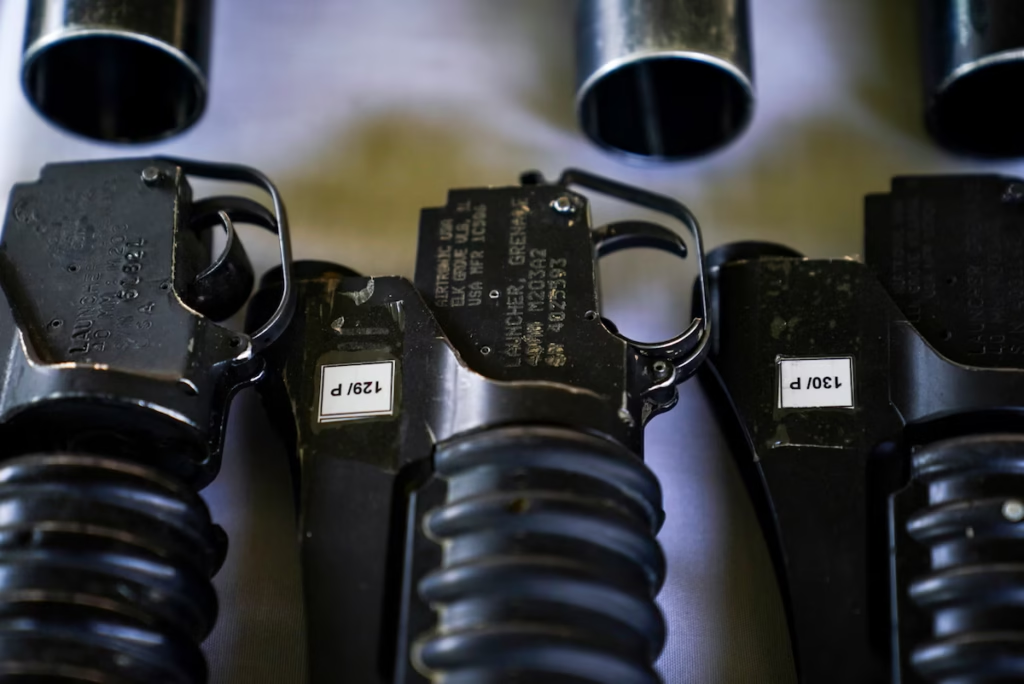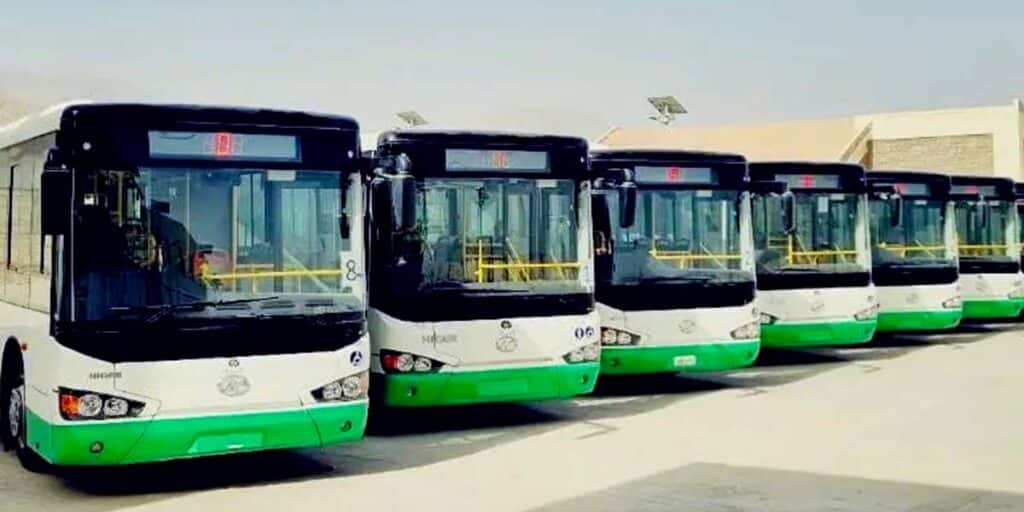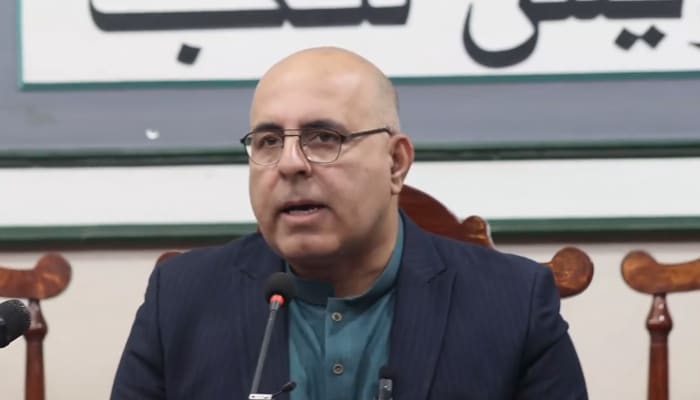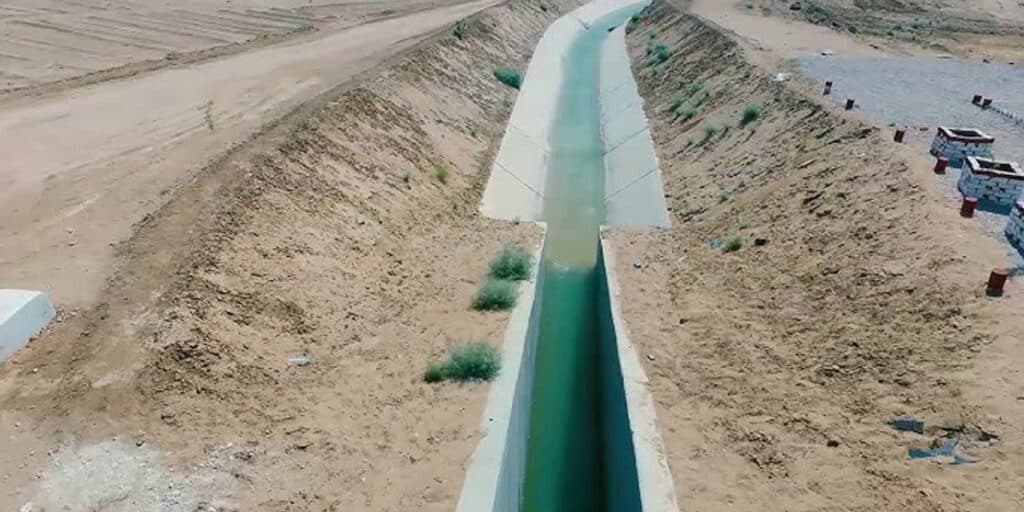ISLAMABAD: Ruling party in Khyber Pakhtunkhwa (KP) faces fresh political turmoil after the Election Commission of Pakistan (ECP) declared all Pakistan Tehreek-e-Insaf (PTI)-backed lawmakers as independents, following a Supreme Court ruling issued on August 25.
The decision has intensified divisions within the provincial government, a day after PTI’s founding chairman Imran Khan directed Chief Minister Ali Amin Gandapur to resign and nominated Sohail Afridi as his replacement.
The ECP on Thursday released updated lists of party positions in all four provincial assemblies and the National Assembly, reflecting the Supreme Court’s directive that PTI-backed candidates must be recorded as independents unless they formally join a registered political party.
According to official data, the change has reshaped the political landscape in Khyber Pakhtunkhwa, where 92 lawmakers previously listed under PTI now appear as independents in official records. PTI needs 73 votes in the 145-member assembly to retain the chief ministership.
However, party insiders report growing unrest among at least 20 members who may switch loyalties amid uncertainty over PTI’s legal status. The opposition needs the support of around 20 dissident lawmakers to end the party’s 12-year rule in the province.
The ECP’s updated figures show:
- Independent (PTI-backed) members: 92
- PML-N: 17
- JUI-F: 17
- PPP: 11
- ANP: 4
- PTI Parliamentarians : 3
- Sunni Ittehad Council: 1
The commission said it implemented the reclassification “in accordance with the Supreme Court’s ruling” to ensure compliance with constitutional and legal provisions on party representation.
Also Read: Who is Sohail Afridi, Imran Khan’s new pick to lead Khyber Pakhtunkhwa?
The Supreme Court’s August 25 verdict clarified that PTI-backed independents could not be counted under any party banner unless they joined a registered party through proper notification. The ECP’s latest move now enforces that order across all assemblies, significantly altering Pakistan’s political arithmetic ahead of potential provincial leadership changes.





